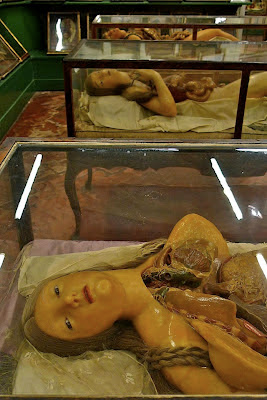

And the blog I found it on is great: http://dittrick.blogspot.com/search?updated-max=2010-12-27T06:25:00-08:00&max-results=7&start=7&by-date=false#uds-search-results
Things I come across day to day that are awesome, gross, or grossly awesome.







“If the erect penis is not wholesome enough to go into museums...it should not be considered wholesome enough to go into women.”
“Good taste is the enemy of art... It’s wonderful for curtains, but in art it’s suffocating.”












"It's what Jeff Koons once referred to as a high-maintenance piece of art," says Hirst, when I ask him about the practicalities of owning a shark in a tank. "The formaldehyde works are guaranteed for 200 years. I would like it to always look as fresh as the day I made it, so part of the contract is: if the glass breaks, we mend it; if the tank gets dirty, we clean it; if the shark rots, we find you a new shark." At 22 tons, it must be a bugger to transport, though? "Not really. The tank and the shark travel separately. Then you clean it and set it up, add the formaldehyde. Basically," he says, without irony, "it's just a big aquarium with a dead fish in it."

